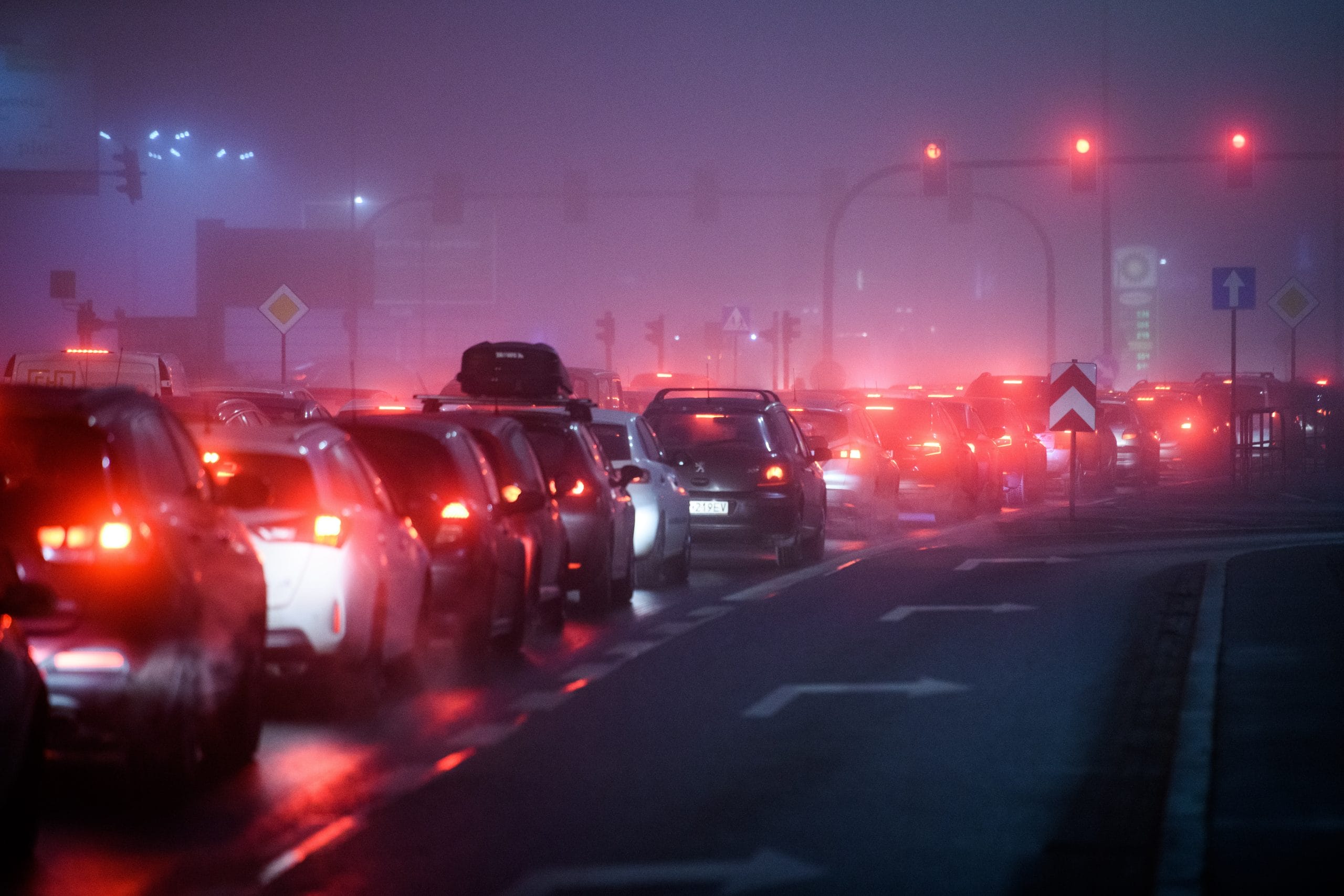Being on the roadways is often one of the riskiest things you do in your daily life. Certain aspects of driving are more dangerous than others. For example, accidents at intersections tend to be severe and, unfortunately, relatively common.
If you live in Kansas City, below are the most dangerous intersections and roadways based on traffic and accident statistics.
Just being a more mindful driver and more aware of what you’re up against can help protect you, your passengers, and other people on the roadways.
I-435 Interchange with Interstate-70
There’s hardly a day that seems to go by when Kansas City doesn’t see an accident at the I-435 and I-70 interchange. The area is often flooded with construction, which is part of it.
In mid-March, a large fire resulted from a deadly crash involving two semi-trucks. That particular accident shutdown all the east and westbound lanes near Interstate 435.
In general, outside of Kansas City in particular, there are often on- or off-ramp accidents that occur. Many of these accidents are caused by drivers exiting the interstate. This is a much more common scenario than accidents caused by drivers entering.
Wrong-way accidents on entrances and exits to interstates can be especially deadly.
Be careful entering existing freeways or highways to avoid these accidents, and don’t speed down exit ramps. Be especially cautious on ramps when the weather is bad or at night.
I-435 and U.S. 71 Highway
Unfortunately, at the start of April, there was a major accident at Interstate 435 near U.S. 71 Highway. The accident ended with a car ending up in an embankment. One child was injured critically, and two people had serious injuries. Three other people had minor injuries.
I-435 and Wornall Road
According to Kansas City police, I-435 and Wornall Road is one of the most crash-prone locations in the city. Rear-end crashes are most common here, as are accidents caused by inattentive driving.
One of the most common causes of rear-end accidents is when a driver follows too closely to the car in front of them. If you’re not keeping a safe distance from vehicles in front of you, you don’t give yourself enough time to stop if you’re dealing with sudden changes. An aggressive driver who purposely tailgates may also not have the time and space they need for a sudden stop.
Distracted driving is also one of the most common reasons people are involved in rear-end collisions.
When someone hits the car in front of them, they could have been texting, eating, or talking. Being tired while driving can also cause you to not pay attention to what’s happening in front of you plus your reaction time slows down when you’re fatigued.
Van Brunt Blvd. and 23rd St.
There are frequent reports about accidents happening at the intersection of Van Brunt Blvd. and 23rd St.
Intersections are among the most dangerous areas on any roadway. Around 40% of all traffic crashes occur at intersections, and intersection accidents make up 40% of deadly ones.
One of the reasons intersection car crashes are common is because people don’t follow traffic signals or don’t yield to the right of way.
For example, trying to get through an intersection on a yellow light, running a redlight, or misjudging a traffic signal can all contribute to intersection accidents.
Sometimes these accidents are because of negligence, and other times, because of intentional bad conduct.
According to the National Highway Traffic Safety Administration, the top cause of accidents occurring at intersections are drivers who don’t notice the signal and run the light. Thirty-six percent of these accidents are from drivers who purposely run a light, and 18% are because a driver goes ahead through the intersection when the light is yellow.
Other reasons for intersection accidents include:
- Making a prohibited right turn. Not all intersections allow for a right turn on red or even at all. If a right turn isn’t allowed at an intersection, it’s because there’s a high crash risk. If you turn anyway, you’re at risk of being in an accident.
- Not yielding to the right of way occurs when there’s no signal at an intersection. You could potentially get in the way of oncoming traffic.
- If you’re stopped at an intersection, a driver behind you could rear-end you, leading to a chain-reaction accident. A stopped vehicle can also be pushed into an intersection, leading to an accident involving the vehicles from the other direction.
While there are situations when you drive beyond your control, understanding the risk can help provide some protection.
